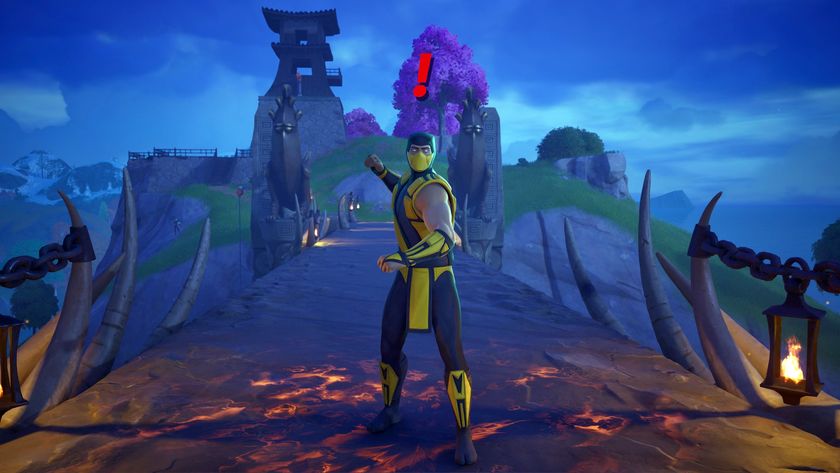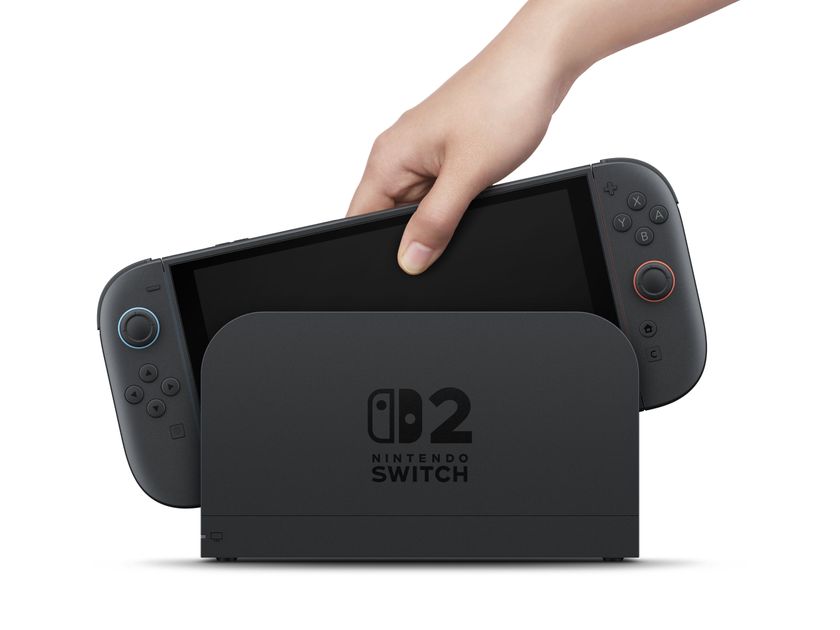The longest-lasting games consoles
Come with us as we chase gaming's longest tails
They took an obsoletin' and kept on beepin'
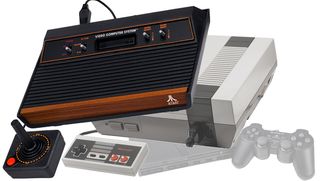
Its easy to look at video games and see an industry with serious sustainability issues. Every year brings an influx of impossibly shiny new gear to lust after--and with it, presumably, a brimming scrap-heap out back to house all the dust-covered relics for which, only yesterday, we were content to shell out top dollar. For a games machine, the thinking goes, theres nothing as deadly (nor as inevitable) as obsolescence.
But is this assessment fair? Sure, some physical elements of the tech are only built to last so long: try booting up a disc on a well-loved PS1, or playing through a vintage RPG cartridge before your battery backup gives out. But as youll see, some machines have enjoyed shelf-lives far longer than their technical prowess would suggest, continuing to command sales and support long after their successors show up. In fact, you may be surprised just how long some games machines have managed to remain in play
Sega Dreamcast: 1998-2007
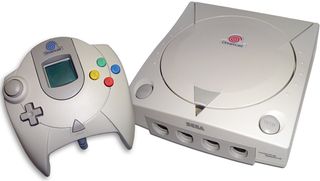
In a perfect world, the Dreamcast would've been a hit. Yet, back in reality, we have to live in a world where the beloved console prematurely gave up the ghost in early 2001--or do we? As youre about to see, more than one machine lived a good deal longer than the standard history would have you believe.
For starters, unlicensed independent publishers continue to push the capabilities of Segas machine. But you could find ongoing indie support for most bygone consoles, albeit with few scenes as thriving as the Dreamcasts. How about, say, a little regional mom-and-pop who continued to sell Dreamcasts well into the 2000s? That would be Sega of Japan, which only stopped selling reconditioned Dreamcasts in 2006--and went on furnishing fans of the undead machine with brand new first-party games for another year. A nine-year lifespan is still relatively short on this list but its a welcome epilogue for a machine many players had written off sometime around the end of the Clinton administration.
Sega Master System: 1986-1996
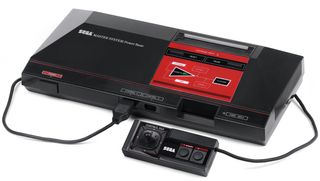
The attic-dwelling runt of 8-bit gaming, the Sega Master System is was overshadowed for much of its tenure by the NES and Genesis alike. The SMS seemed determined to disappoint, sporting woefully underpowered attempts at first-party properties and laughably transparent ripoffs of NES hits like Castlevania (Master of Darkness) and Zelda (Golden Axe Warrior).
Unless youre in Brazil, of course. Portuguese-language innovations in the field of Master System mastery include the Master System III (its white!), Master System Girl (its pink!), and 1994s Master System Super Compact, with a built-in RF transmitter to eliminate TV cables. The country even saw an exclusive Master System version of Street Fighter II, which makes the SMS version of Mortal Kombat feel downright playable by comparison. Standalone variants, boasting upwards of 100 pack-in games, continue to appear--but in the interest of sanity were dating the systems cutoff-point to 96, when the last cartridge-fed machines shuffled ignobly off Brazilian shelves.
Mattel Intellivision: 1979-1991
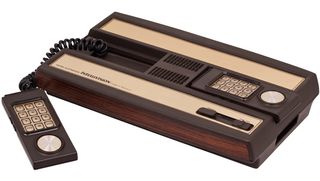
If you grew up in the 1980s, theres probably a warm place in your heart for Mattel. Its products, such as Masters of the Universe, Barbie, and Hot Wheels, dominated many a Saturday-morning cereal-binge. But all the while, an earlier venture threatened to outlive even He-Man.
At the start of the 80s, the Intellivision/2600 rivalry was as heated as the Console Wars of later generations--and then the Great Videogame Crash of 1983 happened, dashing long-term hopes for Mattel's 1979 entrant (whose test-market had broadened to a US-wide launch in 1980). Luckily for history, the company unceremoniously shuttered its Electronics division and liquidated all Intellivision inventory, only for the latter to be bought up by former Mattel staff and rebranded as the INTV Systems line. When INTV sold out of existing Intellivisions, the company went right on manufacturing and selling rebranded versions of the original hardware up until 1991.
Sony PlayStation2: 2000-2013

In 2011, a new console generation seemed so close. So SCE managed to grab a few headlines when the head of the companys European division argued that according to the Sony's own projections, the PlayStation 3 was only then rounding off the halfway-point of a lifespan projected to last a good ten years--at least. It seemed a little optimistic, but there's a pretty decent precedent for Sony turning out machines with a decade-plus lifespan. Because the Playstation 2 was still hanging on for dear life some five years after its successors appearance.
Indeed the PS2, which launched back in 2000, spent the past decade fighting off all those who would put it in the ground--from Microsofts turbocharged, Halo-powered upstart, to Nintendos would-be revolution. Like most machines that stay around that long, the PS2 has survived through efficiency-pushing design tweaks, and a rebranding as the platform of choice for budget-conscious and entry-level players. Thats a strategy that saw its predecessor enjoy a lengthy twilight period--and which carried the PS2 into 2013, when the machines discontinuation was finally announced alongside the final games licensed for publication on the platform. And now the homebrew era begins
Super NES/Super Famicom: 1989-2003
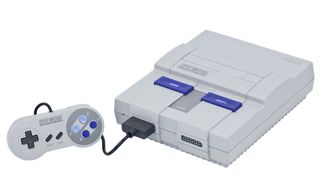
This isnt a list of Best Consoles Ever, so without picking winners either way lets just say the release of the Super Nintendo is definitely one of the best things ever accomplished by humanity. First introduced in Japan in 1990, the consoles salient points are the stuff of gaming canon: its innovations over predecessors and competitors alike, its palpable influence on the games of the day, and the continued legacy of the consoles look and feel, which can be felt even in the machines of todays next generation.
Nintendo introduced the Nintendo 64 in 1996, intended as a successor to take on newer machines like the Saturn and PlayStation (based, of course, on SNES-derivative hardware via the ill-fated Sony/Nintendo SNES-CD collaboration). But while Mario 64s home platform fought for the 3D market, late-release hardware-pushing SNES titles like Squares Bahamut Lagoon only solidified the machines increasingly cult-like following. Nintendo eventually wound down production and service for its iconic 16-bit platform in 2003--several months after the N64 had already bowed out of the fray.
Atari 2600: 1977-1992
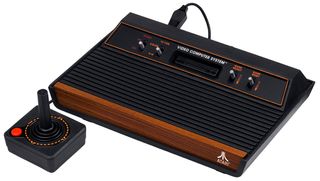
Launched in the same year as punk rock, Star Wars, and Jimmy Carter, Ataris wood-panel powerhouse would go on to demonstrate a staying power to outlast Darth Vader and Sid Vicious alike. For many in the early 1980s, the machine wasnt just the ubiquitous games platform of its day--it was the games platform, full-stop, spearheading the early years of the industry as we know it today.
The machine's central role in the Great Video Game Crash of 1983 put a damper on Ataris seemingly unstoppable rise, an early defeat for a company whose fortunes would prove increasingly precarious in ensuing years. Luckily the company still had its old reliable to fall back on, re-releasing the 2600 as the cut-price 2600 Jr.--with a burst of renewed support from developers of the day, including Activision. Kept alive by sales in Europe, Asia, and our brand-loyal friends in Brazil, the machine was still seeing first-party support in 1990 via Ataris Klax, trucking on into the new decade until finally retiring on Jan 1, 1992. Okay, so it didnt quite end up outliving Jimmy Carter--but its still a pretty good showing for a machine that infamously couldnt even do Pac-Man right.
Sign up to the 12DOVE Newsletter
Weekly digests, tales from the communities you love, and more
Neo-Geo AES: 1990-2007

Many seasoned console gamers have never laid eyes on a Neo-Geo Advanced Entertainment System. Nevertheless, SNKs premium platform managed to survive three rival generations worth of innovation, the collapse and rebirth of its parent company, and a noticeable lack of AAA titles across its era-straddling lifetime.
The AES was something of an afterthought to the techs main application, the coin-operated Multi-Video System or MVS. In an era when home titles were judged on fidelity to their arcade counterparts, SNKs gambit was to offer the exact same code on both machines. Arcade operators embraced the space-saving combo of titles like Fatal Fury, King of Fighters and Art of Fighting within a single cabinet, while home players could enjoy the exact same offerings--for a hefty price. The machine's launch cost was higher than that of the Xbox One (in 1990 dollars as well), with games commanding fees in excess of $US200. For that kind of investment, youd want some pretty comprehensive after-sales support, which the manufacturer provided for AES owners until 2007, though production of games had ceased in 2004.
Nintendo Entertainment System/Famicom: 1983-2003
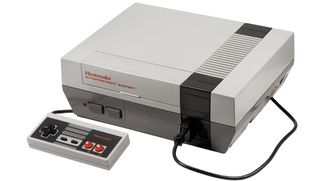
In hindsight, its quaint to think of Nintendo worrying that the Video Game Crash of 1983 would sour Western consumers on the Famicom. That dire sales season must have seemed like the end of the world for many budding publishers, but warrants little more than a footnote in this console's decades-long success story. In fact, today its easy to see the Crash as clearing away the first-generation flotsam, paving the way for an influx of Asian innovation like Nintendo's.
Inventing a new language of Control Decks, Game Paks and D-Pads--to avoid association with the consoles, cartridges and joysticks then retailing at fire-sale prices--Nintendo didnt need dodgy movie licenses or arcade ports to win over the public, who soon abandoned Pac-Man and his growing brood in favor of Mario, Link, and the rest. While the early 1990s would see the NES gradually lose ground to newer machines, the gray box managed to go on moving units until sometime during the GameCube era (mostly in Japan). Then parts finally ran dry and Nintendo had to reluctantly cease sales and service of the machine that had defined games for a generation of players.
Magnavox Odyssey2: 1978-2000
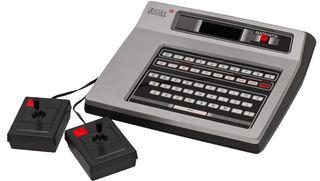
Magnavox is widely credited with releasing the first ever dedicated home video game console, the original Odyssey, in 1972 which didnt even last five years. The sequel, the only slightly less laughably lo-fi Odyssey2, picked up where designer Ralph Baers pioneering brown box left off--enjoying a strong collection of first- and third-party content as well as international sales licenses in Europe, Japan and South America. Released in Brazil as the Philips Odyssey, the Odyssey2 built a loyal following among consumers starved for choice by the iron-tight import laws of the day.
Portuguese-language Odyssey2 titles thrived long after the machine's first-party discontinuation, with public tournament events bolstering a market that saw exclusive releases and international titles re-translated to cater to popular Brazilian properties, even as an early homebrew community gathered around the underpowered little engine that could. Its hard to date the eventual worldwide end of the Odyssey2, but given that 2000 saw the commemorative release of new software for the system, as well as signed, limited-run reissues of vintage Baer software, its fair to say the console had a good run.
Philips CD-i: 1991-?

The Philips CD-i appeared at the height of the 1990s' infatuation with optical media: a premature heyday in which we figured a Technological Singularity was imminent, by virtue of the fact that you now could store information on compact discs. Philips figured with Nintendo on board thered be some pretty kickin CD-i games parties happening--but instead we got the infamous Hotel Mario and the downright notorious Zelda: The Wand of Gamelan. Lucky the accursed box sank without trace, right?
Well guess what, the nightmare never officially ended. You can still buy a new CDi today, maybe, if you know where to look. Philips took a cue from fellow high-profile hardware-failure 3D0, licensing the CD-i technology out to everyone from 1970s console giants Magnavox to 2000s console giants Sony. All manner of CD-i variants were produced--not a one of which would run games youd want to play, but each catering to different companies multimedia aspirations. One such product line, the DVS Video Engine, is still advertised on the companys (admittedly, pretty 1999-tastic) website, and can still theoretically be purchased new by those that have more money than sense.
Old games last forever... in our hearts
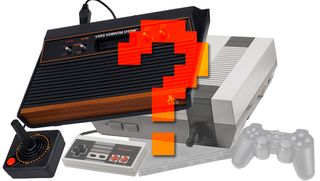
Or continue with the old-timey fun with Arcade cabinets that would make awesome real-life vehicles; our oft-updated, ne'er-refuted list of the 100 best games ever, or the question that requires true guts to answer: Have YOU ever been a fanboy?
